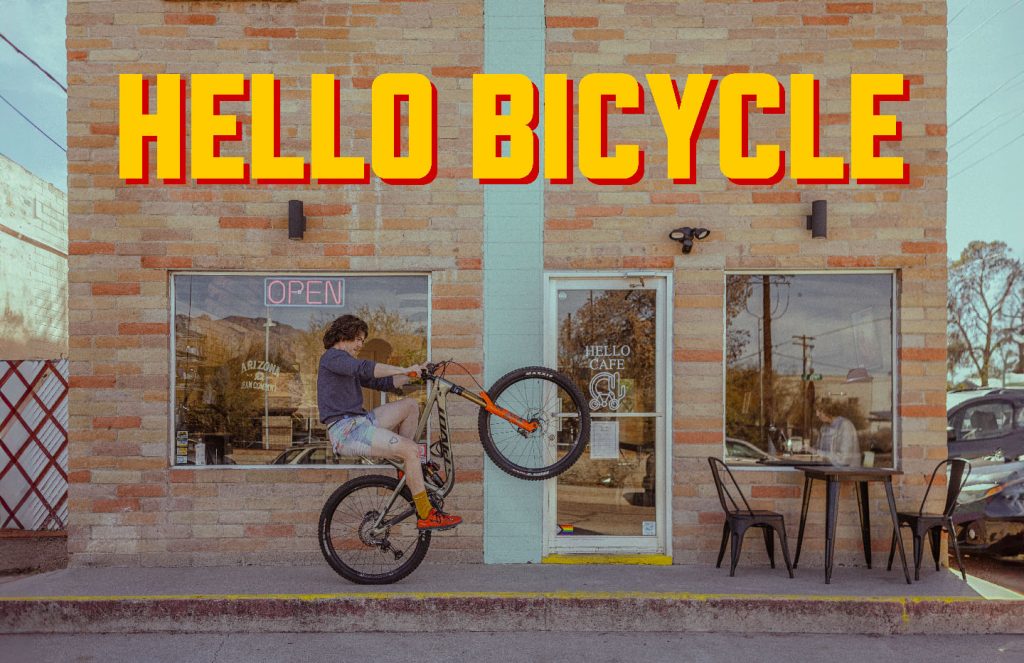Like many people, I learn about new things through social media these days. Let’s face it: you’re more likely to stumble upon a game-changing concept on TikTok than catch it on the evening news. And I’m betting at some point in your scrolling, you’ve come across a video about ADHD.
A Growing Conversation on TikTok
How can I be so sure? Throughout 2021 and 2022, the hashtag #ADHD on TikTok skyrocketed from an estimated 2–13 billion total views to a dizzying level that’s continued to soar. As of late 2023, it’s reached around 35 billion views and counting. That’s “Billion,” with a “B.” People are watching, discussing, self-diagnosing, and trying to understand what ADHD really is. This explosion of content shows we’re talking about ADHD more than ever before, but does that mean we actually get it? My experience suggests we still have a long way to go.
Early Diagnoses, Early Labels
I’ve lived with ADHD and dyslexia for as long as I can remember, diagnosed around age nine. Even before the label, I knew I wasn’t like other kids. Words on a page wouldn’t line up; the letters would dance around and seem to vibrate while my mind raced a mile a minute. Despite clearly struggling, I spent years faking it, trying to look “normal” so I wouldn’t be singled out as the “problem child.”
You might ask, “Wouldn’t it have been better to just ask for help?” Let me ask you this instead: How many times can a kid hear they’re ‘too much,’ ‘too loud,’ or ‘too difficult to handle’ before they shrink themselves? Psychiatrist William W. Dodson, who specializes in ADHD, has estimated that a child with ADHD hears about 20,000 more negative messages from parents, teachers, and other adults by age 12 than their non-ADHD peers. It’s not a lab-verified statistic but rather a clinical observation, one that resonates with many of us. Because when you hear all that negativity, you don’t just internalize the criticism; you start building a mask to protect yourself.
Building the Mask
Masks aren’t limited to ADHD, of course. We all put them on whenever we think our true selves won’t be accepted, like a closeted queer kid, an immigrant trying to fit into a new culture, or a child constantly labeled “too bossy” or “too emotional.” We learn to be “less” in order to please everyone else.
For me, that lesson crystallized when I switched from a quieter Montessori setting to a public school with an “open floor plan.” There are no walls, constant noise, and pure chaos. I remember my first week: I was so overstimulated and excited I couldn’t stop talking. The teacher finally snapped: “Aaron, go to the hall. Now!” I sat out there, terrified, for 45 minutes, completely forgotten, out of sight, and out of mind. When she finally emerged, she said, “Aaron, you need to learn to act like the other kids. Look at them. They’re quiet. Just copy them.”
But I wasn’t like the other kids. I was bored, overstimulated, and moving at a speed nobody else seemed to understand, yet I kept hearing I was “annoying,” “too loud,” or “not listening.” That summer, between fourth and fifth grade, I underwent testing that confirmed what we already suspected: not only did I have ADHD, but I was also dyslexic, and my IQ was unusually high. I still remember the examiner asking my mother why they were putting me in remedial classes when my scores were off the charts. She explained the school viewed it as a “behavioral issue.” The examiner pointed out that acting out in class, talking nonstop, and doodling on my tests whenever I finished early weren’t signs of mischief; they were signs I was bored, unstimulated, and not challenged enough. But instead of being nurtured, I’d been labeled “difficult.” Over time, I did what a lot of kids do: I made myself smaller. I buried the parts of me that didn’t fit. And you know what? The mask worked. Until it didn’t.
When the Mask Starts to Crack
As I got older and went off to college, my so-called “high-functioning” act began to fall apart. I failed my first major test. I struggled to maintain friendships. Panic attacks became so severe that people could tell I wasn’t okay. For the first time in my life, the cracks in my mask were visible to everyone.
This is the issue with masking: if you never learn how to handle rejection or failure as your authentic self, you’re just switching masks, hoping one will fit. When none of them do, you spiral.
In my case, that spiral led me into an abusive relationship. Initially, she love-bombed me, offering the validation I’d been missing. But over time, especially after I was deployed with the Marines—she tore me down, piece by piece. I stayed because the empty shell I’d become believed I deserved nothing better. So I built an even stronger mask, one reinforced by military discipline, thinking I could hold myself together. But eventually, even that fell apart.
The Terrifying First Step Toward Unmasking
Unmasking wasn’t some triumphant epiphany. It happened out of necessity when we separated “to work on ourselves,” and I had no choice but to face who I was without all those layers. I started therapy. I revisited the places where my masks were formed: childhood classrooms, military bases, past workplaces, and I wrote. A lot!
I wrote about growing up with ADHD and dyslexia. I wrote about my time in the Marine Corps. I wrote about my theories on photography and marketing. Writing became my lifeline, helping me sort through the chaos and find the real me beneath the masks.
A pattern emerged: I had disguised people-pleasing as “service,” something I’d valued highly since childhood. Sure, it felt good to help people, but I’d built my identity around it. I attracted takers, what I call “vampires,” who drained my emotional energy while always painting themselves as victims. Recognizing that helped me see how much of myself I’d been giving away.
Why Unmasking Is Worth It
When I finally began sharing my real story, first with friends and then more publicly, something incredible happened. People saw themselves in my experiences. They told me my vulnerability permitted them to drop their masks. It turns out the loud, energetic, passionate side of me I’d buried was worth getting to know all along.
Did I lose people? Absolutely. Some felt betrayed when the “nice, quiet, always-accommodating” version of me vanished. But it wasn’t a betrayal; I was simply done betraying myself. The masks helped me survive but not thrive. Shedding them opened up space for deeper, more authentic relationships.
This doesn’t mean I’m prioritizing myself at everyone else’s expense; it means I’m learning to share my story in a way that genuinely helps those who truly need and value it.
A Challenge to You
So now I ask: Are you ready to let your mask go? Think back to when you started hiding who you really are. Whose approval were you trying to keep? What if you decided you didn’t need that approval anymore?
It’s scary, no question. You might lose people who only knew the “masked” you. But what if you find people who appreciate your authentic self? Who sees you as loud, energetic, flawed, brilliant as you are?
I’m still that kid who can’t sit still and sees the world in a vibrant swirl of ideas. I still have ADHD and dyslexia. I’m still all the things that made me “too much” for some. But now, I’m not hiding it. Letting the world see the real me has led to relationships, opportunities, and a sense of fulfillment I never had behind the mask.
If you’ve felt “too loud,” “too different,” or “too much” your whole life, remember: you’re not a problem to be fixed. You’re a person with a story that is honest, unfiltered, and worth sharing. Take it from someone who’s walked this road: the bravest step you’ll ever take is to unmask.
Author’s Note:
I’m sharing this journey so you know you’re not alone, whether you deal with ADHD, Dyslexia, or any struggle that makes you feel like you don’t belong. There are countless others out there ready to welcome the real you when you’re prepared to show up.



